
Customer advocacy means putting clients first and adjusting your product or services according to their needs and desires.
If you want to improve customer advocacy and turn every business relationship into a long-lasting one, we will guide you through the necessary steps.
What is customer advocacy?
🤝 Customer advocacy represents a company’s constant effort to find, implement the best solutions for their customers’ needs, and support them throughout their journey.
The customer advocacy concept is focused on meeting customer expectations and anticipating new ones. This way, you can create custom-made solutions for their problems and deliver a complete customer experience that is going to differentiate your company from the competition.
Clients don’t just go for features or prices when they choose a product. They want the full package: excellent customer care, occasional discounts, tailor-made offers, and seamless communication.
Why does customer advocacy matter?
Customer advocacy can drive company growth, but it’s crucial to understand the definition of advocacy in your context. Staying focused on how you can improve your clients’ experiences with your brand has the following benefits.
- Higher customer retention rates: With their active involvement, customer advocacy is crucial in reducing customer churn. This ensures that your customers maintain their loyalty and engagement with your brand over the long term.
- Organic growth and marketing: In the realm of organic growth and marketing, advocates assume the role of organic brand promoters, effectively spreading the word about your business. This results in cost-effective client acquisition.
- Enhanced brand reputation and trustworthiness: The contributions of customer advocates elevate your brand’s credibility. This exemplifies the testimonial definition as authentic endorsements that inspire confidence in your brand.
- Increased CLV: Advocates tend to spend more over time, thanks to their loyalty and enthusiasm. They become valuable, long-term assets to your business, contributing to higher CLV.
- Competitive advantage: A loyal customer base can give your business a significant edge. Their genuine endorsement recommendations can sway potential clients in your favor, helping you stand out in a crowded market.
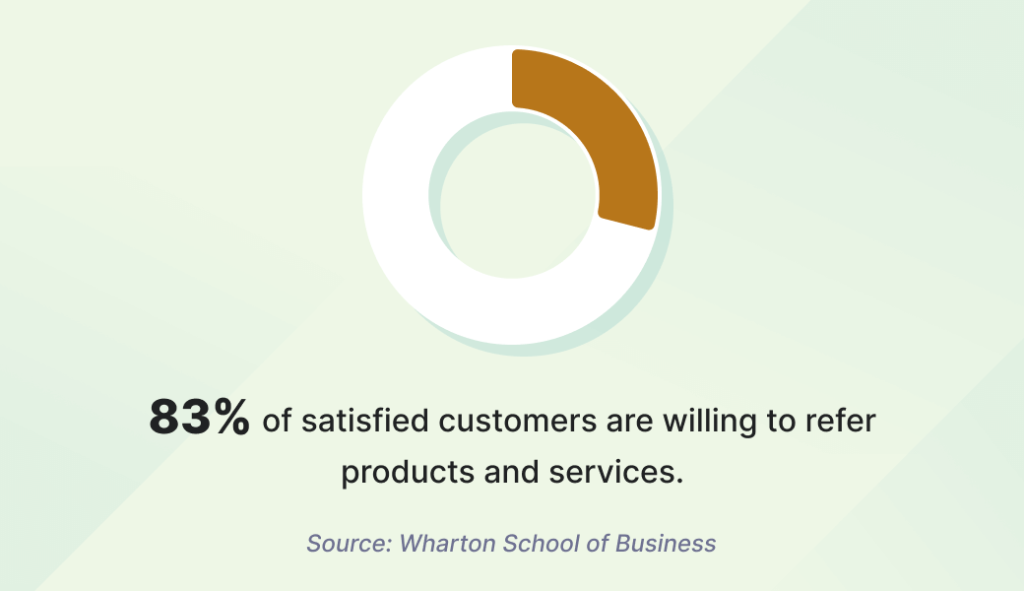
The customer-focused benefits of advocacy
When customers embrace the advocating definition through active engagement, it’s not just a one-way street benefiting businesses. There are tangible advantages that customers themselves enjoy as well.
- Feeling valued and heard: Through customer-centric initiatives, customers find themselves esteemed and actively engaged within the brand community. Acknowledgment of their feedback cultivates a sense of belonging.
- Elevated product and service experiences: Advocates often get a front-row seat to innovations, allowing them to shape better products and services to suit their needs. This translates into customized and more gratifying experiences.
- Opportunities for incentives or rewards: Clients frequently enjoy rewards, from exclusive event invitations to discounts and tangible tokens of appreciation. These perks enhance loyalty and extend benefits to the broader customer base.
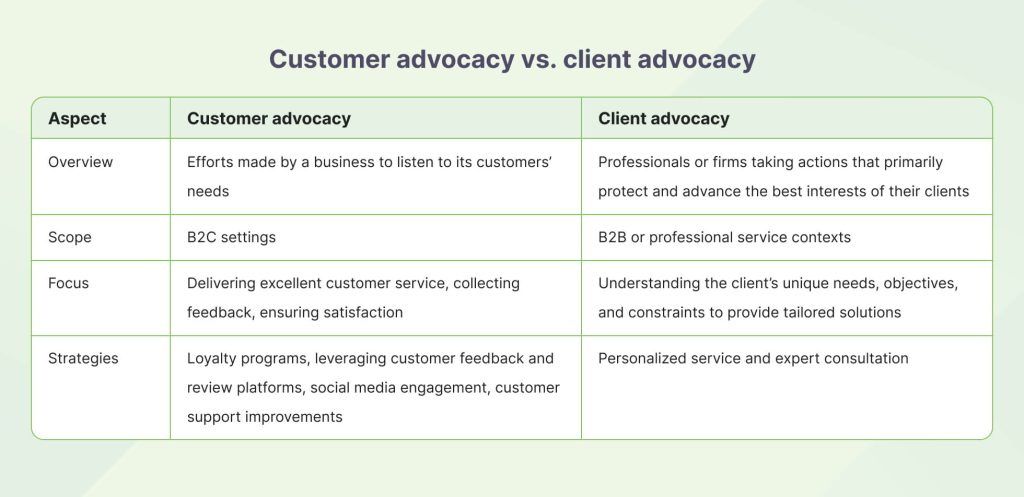
How to identify potential customer advocates
Let’s explore the essential steps for recognizing customers who could become valuable advocates for your brand.
- Gain insights into your audience: Get to know your customers’ demographics and psychographics to pinpoint those who align with your brand values.
- Increase social media awareness: Keep a watchful eye on social media conversations and community forums.
- Recognize positive engagement: Identify the customers who consistently engage positively with your brand through frequent interactions or regular purchases.
- Identify advocacy indicators: Look for customers who actively refer your products or services to others and those who elicit high net promoter scores (NPS).
- Evaluate client reviews: Analyze customer reviews and testimonials to spot those who express genuine satisfaction with your services.
Tips for increasing customer advocacy
Your company’s efforts to optimize the customer journey will never stop. Here are a few ways to increase customer advocacy, plus examples from companies that are already doing these things very well.
1. Create personalized experiences
Personalization starts with subject lines and ends… well, never. Marketing is no longer about emphasizing product qualities and leaving out possible downsides. It’s about creating and telling the story that your customers want to hear.
This includes every type of customer communication: welcoming messages, loyalty discount campaigns, drip emails, tutorials, and any type of content you can customize according to the user’s profile.
How do you get an accurate profile of your typical customer? You map a buyer persona, which is a detailed description of your target audience. After you’ve completed this process through extensive research, the next step is targeting your “ideal customers” with customized campaigns based on more personal notes.
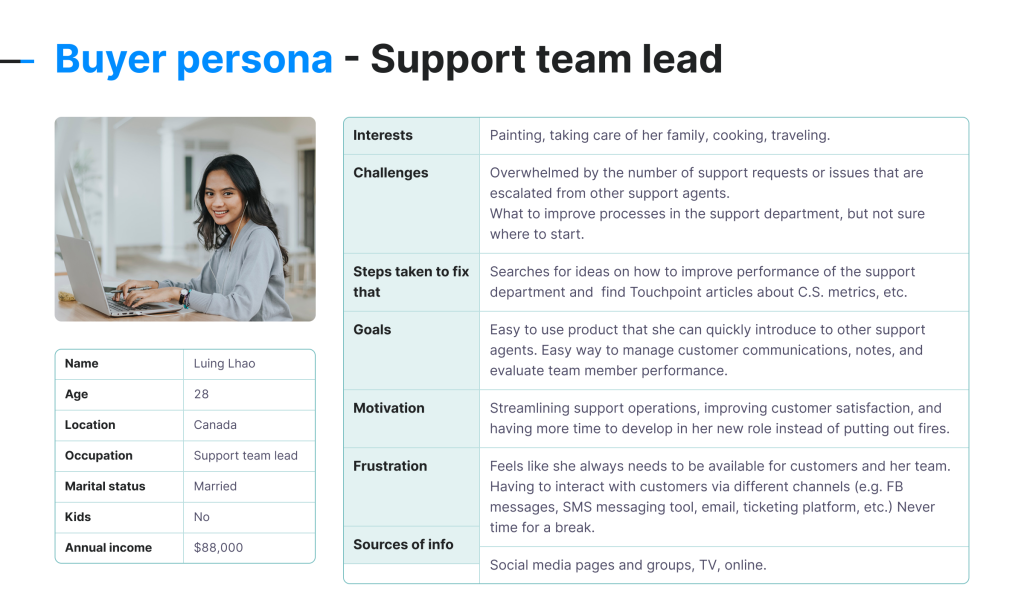
Grammarly offers a great personalization model. The company sends weekly emails that are directly linked to the user’s writing style and performance. The reports include frequent errors, the latest milestones the user has reached, and possible weak spots to improve upon.

Image source: support.grammarly.com
How do I connect with my customers on a more personal level?
You trace a map of their customer journey and ask yourself questions like:
- “Who is my ideal customer?”
- “What was their specific need at the time they first came in contact with my product?”
- “Have they engaged with my brand previously?
- “What feedback can they offer?”
2. Repurpose key information
Turn every reference you get from your clients into something meaningful.
- Multiple answers that you collect from a poll or survey can end up as a blog post or a side-to-side comparison with your competition, pointing out your company’s competitive edge.
- Tweak customer interviews and develop them into content that is easy to absorb, such as a Q&A section.
Get any type of information related to your product. It doesn’t matter the format.
One-on-one customer conversations provide valuable insights into specific, possibly overlooked needs. Their challenges might resonate with other clients, enhancing their connection to your brand.
Now that we covered the theoretical part, let’s look at a great customer advocacy example that illustrates how appreciation can become your company’s best business card.
Shopify, a well-known e-commerce platform, has cultivated a substantial YouTube following by leveraging a highly successful video marketing strategy. What does advocacy mean in the context of Shopify’s approach? A great understanding of their target audience’s needs.
Shopify excels in creating engaging “How To” videos and tutorials tailored to aspiring entrepreneurs and digital business owners. These resources are thoughtfully crafted with their target audience in mind, featuring checklists and templates that aid in skill development and growth.
They go the extra mile by sharing inspirational success stories from customers who have embarked on their entrepreneurial journeys using the platform. These narratives serve as a source of motivation for those contemplating the launch of their startups, offering real-world examples of individuals who have achieved success through their own businesses.
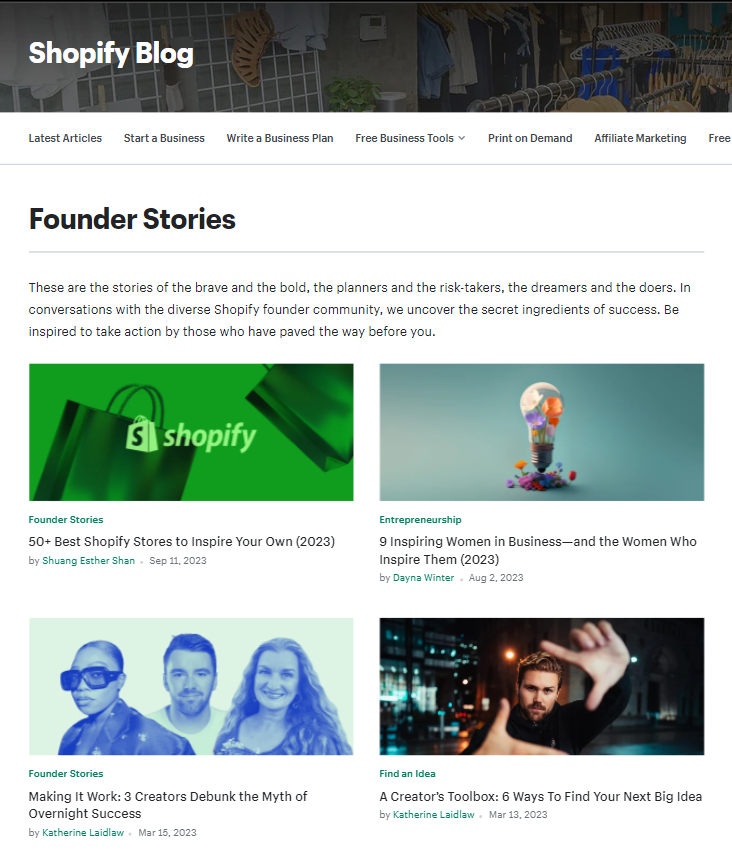
Image source: Shopify.com
3. Master social listening
Social listening is a very simple process that involves monitoring all social media channels to find discussions about your brand, what users think of it, what they’d like changed, etc.
It’s not just about your products or brand in particular; useful insights include discussions about your competition and, more broadly, the industry. You are looking for recurring consumer trends or buying behaviors, as well as what triggers them.
Social listening is powerful, effective, and costs practically nothing. You can use it to both identify your company’s strong suits and weak spots. It answers questions like:
- Which business communication channels are ineffective?
- Is my product price fair for the current market?
- How do my customers rate customer service interactions?
🤳 Social media advocacy is all about collecting feedback from every channel you can think of and engaging potential customers in a relationship that is mutually beneficial.
4. Improve your product with relevant client feedback
Customer feedback is not always extremely actionable. Some clients offer very generic opinions or deviate into other topics when asked about a certain brand. The key to collecting relevant feedback is asking the right questions.
Be as specific as possible. Ask for timeframes, location, and context. A question like “How do you feel about our product?” won’t do. Instead, focus on specifics:
- “What features did you enjoy most when using our product, and why?”
- “When did you first use our product? Has it made a difference in your current lifestyle? If so, how?”
You can steer customers in the right direction whenever you feel like their answers are too generic, but don’t make them feel like their answers weren’t enough to begin with. Encourage them to share more of their experience using positive phrasing: “This sounds really interesting. Would you like to tell us more about how this product made an impact?”
🤝 Asking for specific details will result in more detailed answers, as well as tell the customer that their opinion matters — a prize in its own right.
5. Make customer service a priority
Like it or not, customer service matters in your customer’s journey. It is also your most valuable source of information for improving your product.
Customers turn to customer service to signal product malfunctions, complaints, and requests. Use that information to your advantage.
How do you take customer service from mediocre to top-rated? Here are a few pointers on how to improve communication across all channels:
- Involve team members
- Prioritize complaints
- Keep customer service proactive
/🛠️ Customers often feel more satisfied when they feel someone is working on a solution instead of just handing them a spur-of-the-moment solution, which the customer may see as a temporary fix for a problem that is only going to get worse./
How to craft a customer advocacy program
Many businesses recognize that fostering customer advocacy is not something left to chance. Instead, they recognize that nurturing customer advocates is a deliberate effort. Consequently, various customer advocacy strategies, such as customer loyalty programs, have emerged to formalize the bond between brands and their customers.
A thriving customer advocacy program usually comprises the following key elements:
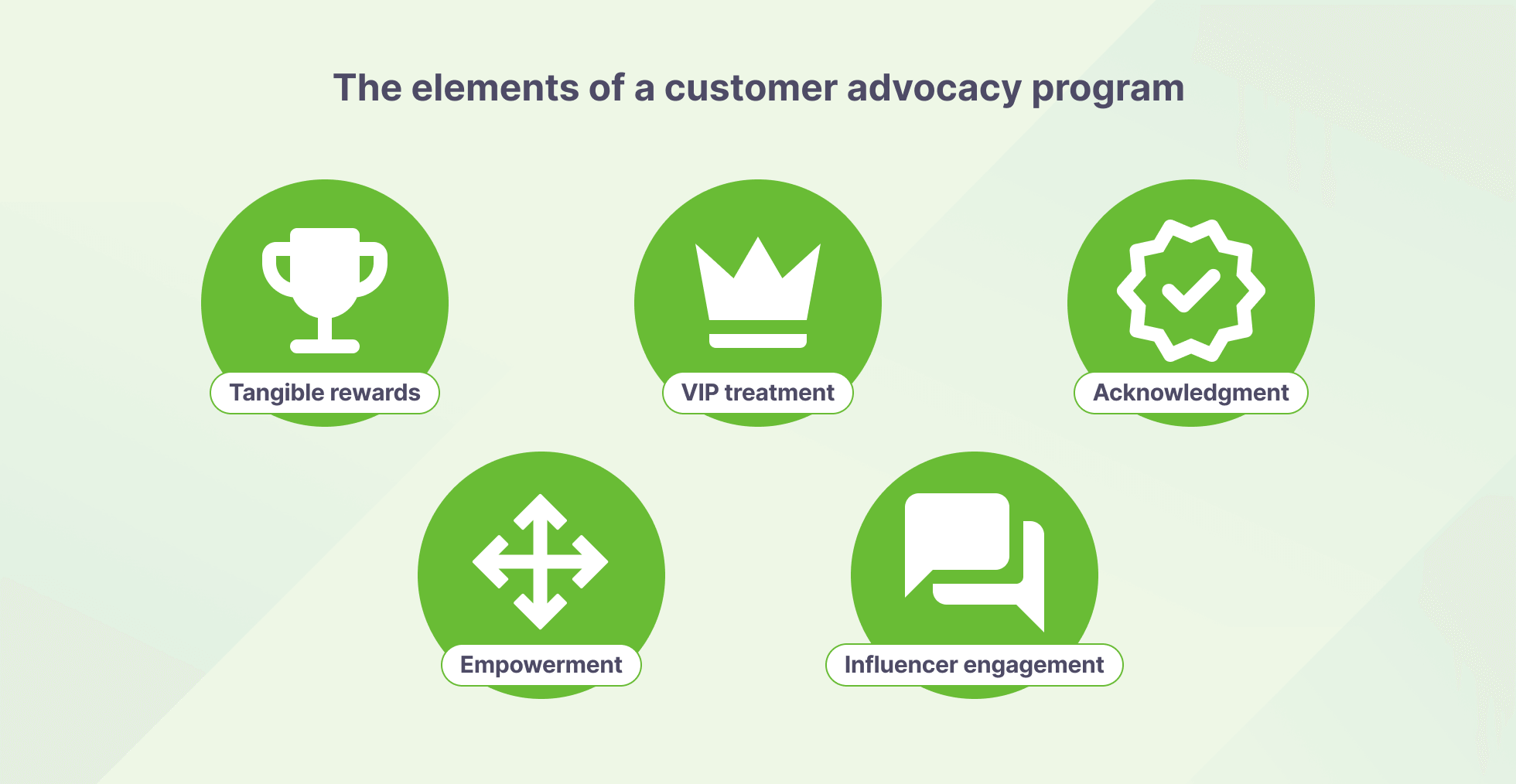
- Tangible rewards: Providing customers with physical incentives as tokens of appreciation.
- Acknowledgment: Recognizing and celebrating the contributions and loyalty of advocates.
- Empowerment: Empowering customers to participate in brand activities and decisions actively.
- VIP treatment: Offering advocates exclusive and great customer experiences.
- Influencer engagement: Involving influential advocates in promoting the brand to a wider audience.
Customer advocate job description
A customer advocate plays a pivotal role in ensuring customers’ voices are heard and their needs are met. This job description example explores the responsibilities and qualifications required for this key position.
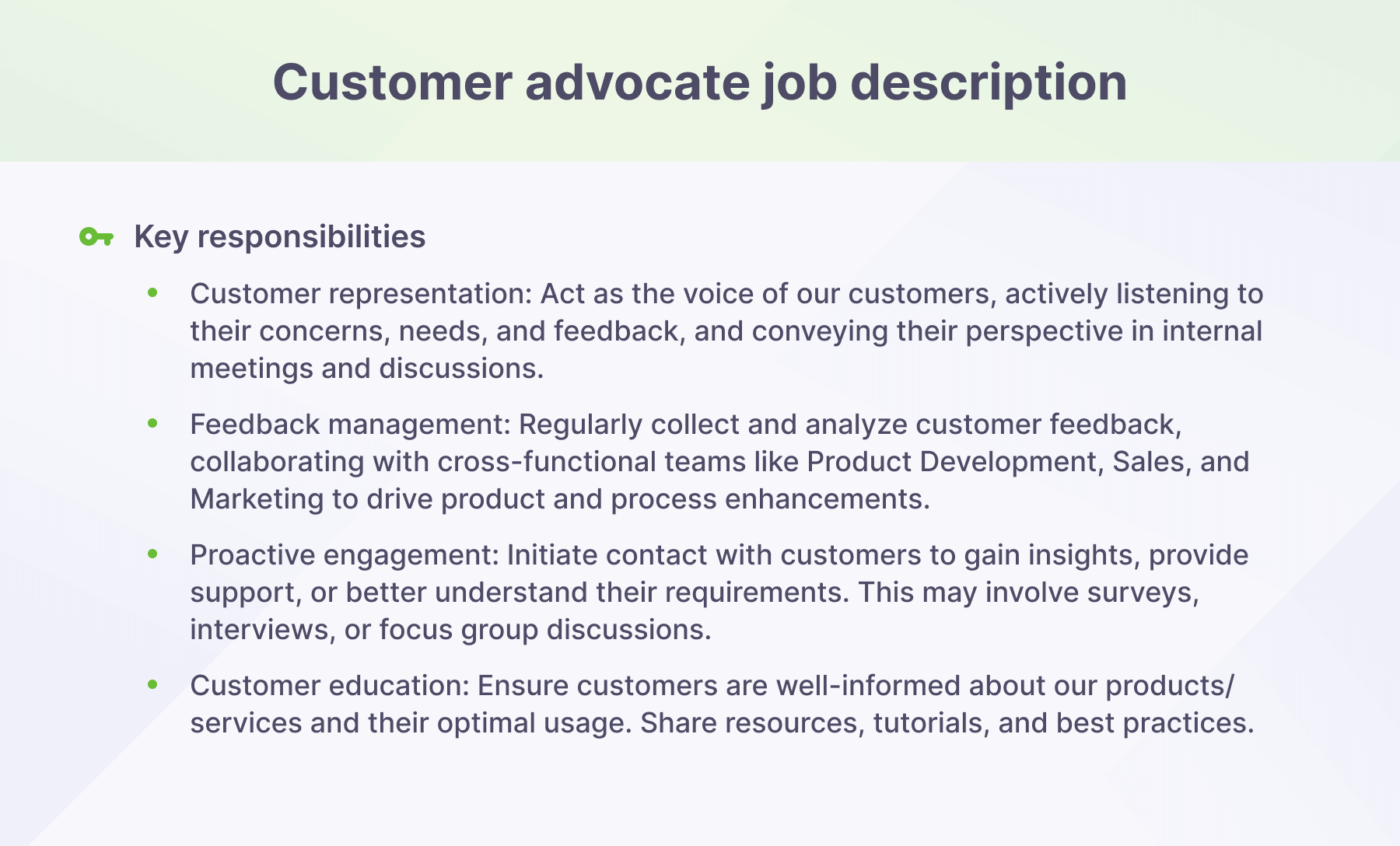
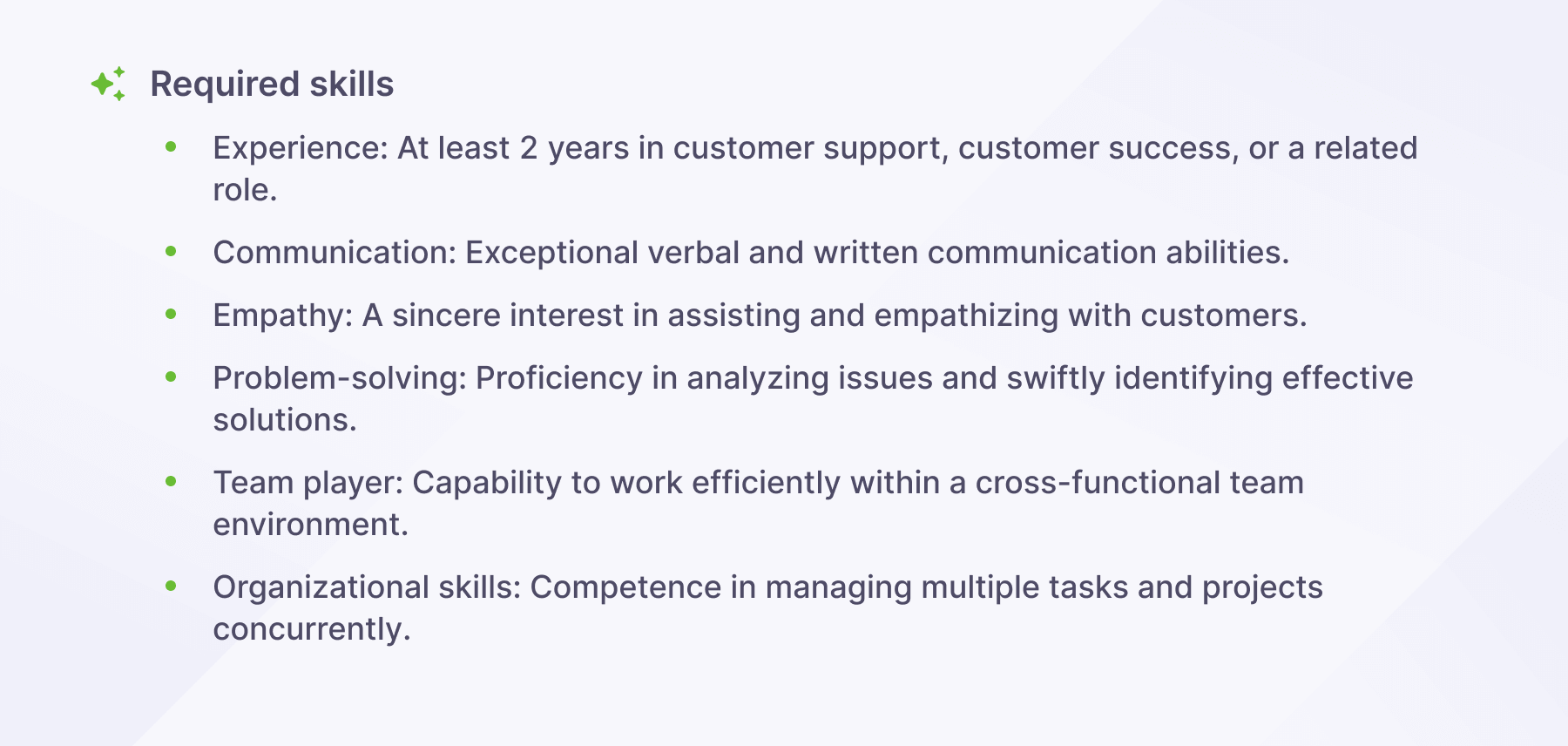

How to measure the success of advocacy efforts
Here are five steps to help you measure and assess the effectiveness of your customer advocacy program.
1. Use key performance indicators
- Begin by assessing essential KPIs like the NPS score to measure your clients’ loyalty.
- Our NPS (Net Promoter Score) calculator is a great tool any company can use to measure customer loyalty and satisfaction. We constantly send out NPS surveys to TextMagic clients and use their feedback to improve our product. It is a simple and effective way to collect relevant information.
2. Track referral rates
- Keep a close eye on referral rates to track the number of customers actively referring your products or services.
- Assess the quality of these referrals by analyzing their conversion rates and impact on your business.
3. Leverage social media sentiment analysis
- Employ sentiment analysis tools like Brand24 to monitor mentions of your brand on social media platforms.
- Analyze sentiment trends to understand how clients perceive your brand and whether advocacy efforts positively influence your online reputation.
4. Analyze post-advocacy sales trends
- Measure and analyze sales trends with customer advocacy campaigns.
- Check whether there is a noticeable increase in revenue generation as a result of your customer advocacy efforts.
5. Integrate a customer service tool
- Leverage a customer service platform to automate customer support.
- Use its real-time analytics and reporting to see where you fall short in your interactions with your customer advocates.
Ready to turn customers into lifelong advocates?
Customer advocacy is your company’s best shot at securing long-lasting business relationships with its best brand ambassadors. It is a long-term investment in your own business and a gift that keeps on giving, provided that you never lose sight of what your customers want.
When it comes to supercharging your customer advocacy efforts, consider the role of customer service platforms like Touchpoint. With its secure and compliant support request handling, it is an invaluable ally in nurturing client relationships.
Frequently Asked Questions (FAQs)
The main forms of advocacy include customers, employees, and partners.
Customers become advocates when they genuinely enjoy your product or service and willingly share that with others.
Employees take on advocacy roles by sharing the company’s vision and positive experiences in their personal and professional circles.
Partner advocacy grows when collaborators see your business as a valuable addition to their portfolio and encourage their contacts to engage with you.
Customer advocacy marketing encourages customers who love the brand to promote it through their own experiences. Their genuine feedback often influences buying decisions more than traditional advertising.
Use virtual assistants to maintain regular communication with your advocates by scheduling messages that announce new rewards, upcoming advocacy events, or milestones they’ve reached.
Tailor the content so it feels personal and relevant to each advocate’s level of engagement. For example, an advocate who recently referred a customer could receive a thank-you message or an update about how their contribution is making a difference.
Start by outlining the main goals of your customer advocacy program. List the key tasks each team member should perform, such as identifying advocates, collecting testimonials, and tracking referrals.
Break down each task into clear steps and assign responsibilities.
Include guidelines on how to communicate with advocates and how often to check in. Set reminders for follow-ups and program reviews.
Related articles
How to ask customers for feedback the right way: 10 Tips with examples
Regardless of the industry you are in, customers are...
Mastering internal product documentation: Our proven 5-step approach
Explore our process of converting abstract ideas int...
Building customer trust through secure SMS marketing practices
Have you ever received an unsolicited sales pitch or...
Cold texting: A complete guide & why you should warm text instead
This article explains the concept of cold texting an...
How to use SMS for property management: Benefits, use cases, and templates
Marketing your property can be a time-consuming and ...




